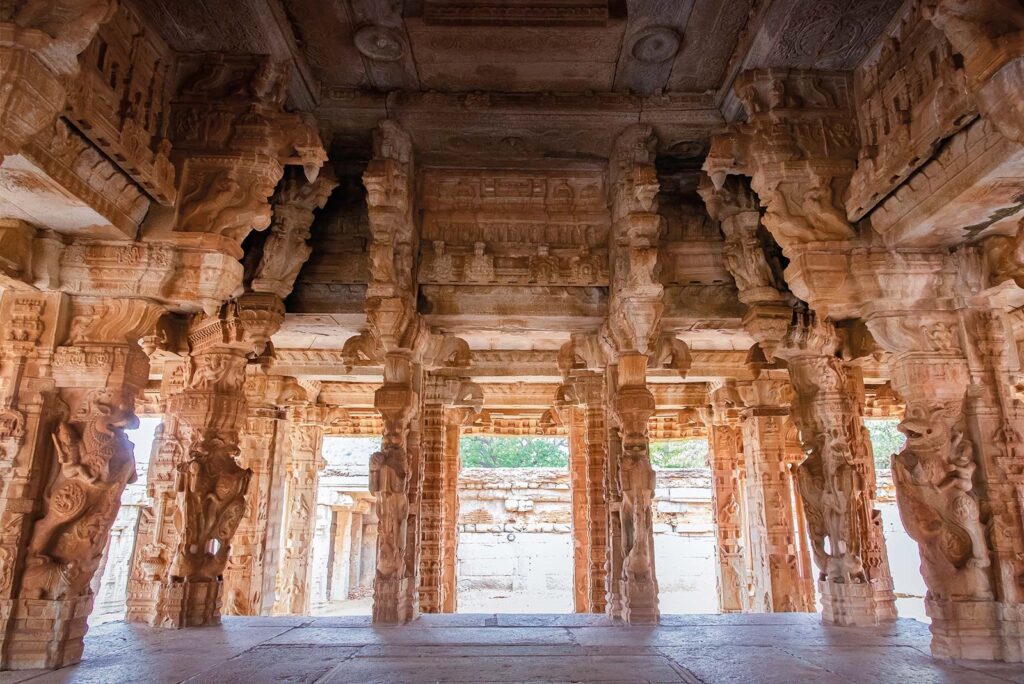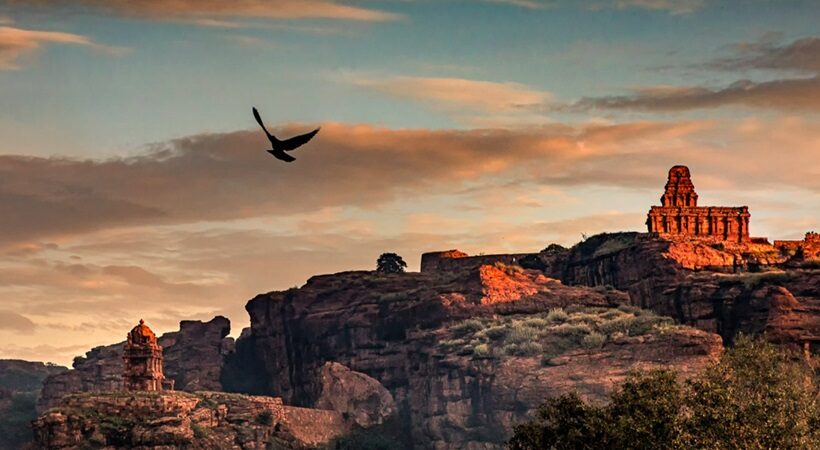Most of the ancient cities in South Asia have been continuously inhabited by people. New layers of urbanization are added over older ones and the old structures are utilized and repurposed in a never-ending continuous march of time. However, there are some exceptions as some cities are abandoned or sacked and are forgotten in time. Such cities provide us invaluable information about the life, culture and economic patterns of people in antiquity.
Hampi, a village and a temple town in Karnataka is one such site that is rich in history and architecture. The city of Hampi was abandoned after 1565 at the battle of Talikota. It was only in 1800 that Hampi came into notice when ruins at the city were brought to light by an engineer and antiquarian named Colonel Colin Mackenzie. Subsequently, with the efforts of archaeologists, historians and epigraphists the forgotten city and its fascinating history were rediscovered.

Listed under the UNESCO World Heritage Site as the Group of monuments at Hampi, this city was also at one point among the richest cities in the world at its peak. Located inside Vijayanagara city, Hampi has been a favourite tourist destination in Karnataka. One only needs to visit Hampi, any time of the year, to see the place swarming with people.

Image Credits: Karnataka Tourism
The history of Hampi stretches back to the 2nd and also the 3rd century that is the Neolithic and Chalcolithic eras, as prehistoric settlements and ceramic potteries have been found here. According to popular folklore, two local chiefs called Hakka and Bukka went on a hunting expedition and witnessed an unusual sighting. A hare was being chased by a hound and the hare suddenly became powerful and turned around to chase the hound.
It was at this place, that the precursors of the empire, Hakka and Bukka laid the foundations of the city of Vijayanagara. The story symbolized the coming together of local chieftains and rulers, serving as a barrier to the advances from the sultanate. In over 200 years, a total of four dynasties added magnificent monuments and structures and the city became an economic and cultural hub in South Asia.

Image Credits: hampionlinez
Hampi was originally known as Pampa Kshetra, Kishkindha kshetra and even Bhaskara kshetra. These names were derived from the famous Tungabhadra River Pampa, where the city was built. Today, Hampi is also known as Vijayanagara, as this city was the epicenter of the Vijayanagar empire. As one walks through the remains of Hampi’s magnificent forts, palaces and gateways, one can get a glimpse into the grandeur and opulence of one of the greatest cities in the world at that time.

Image Credits: Karnataka Tourism
Domingo Paes, a Portuguese traveler, who visited the city around the 1520s, compared the city to the size of Rome. At its height in 1500 AD, it spanned 155 square kilometers. Stone aqueducts fed fresh water to some half a million people. It was the second-largest city on Earth, behind only Beijing.



















